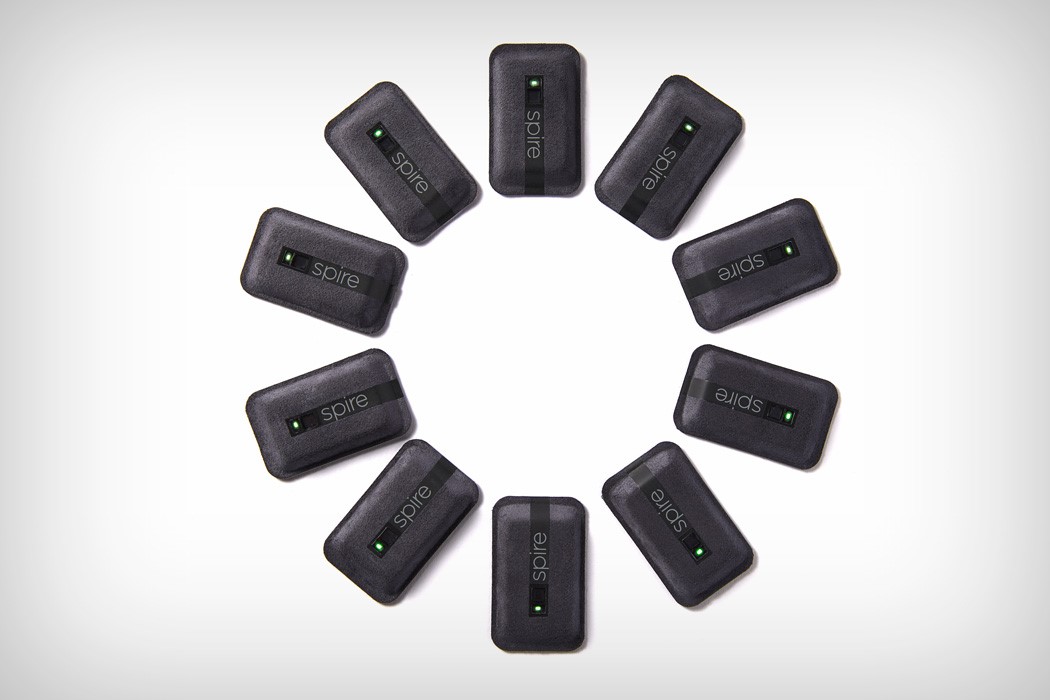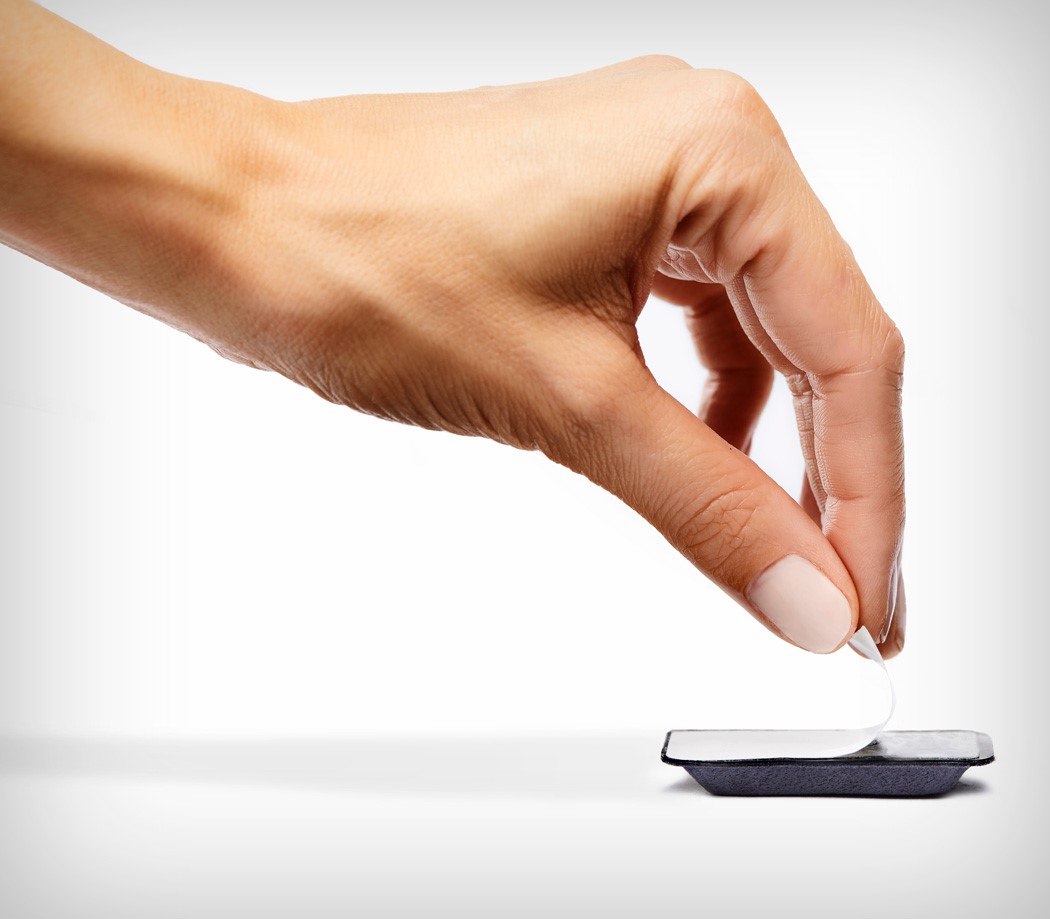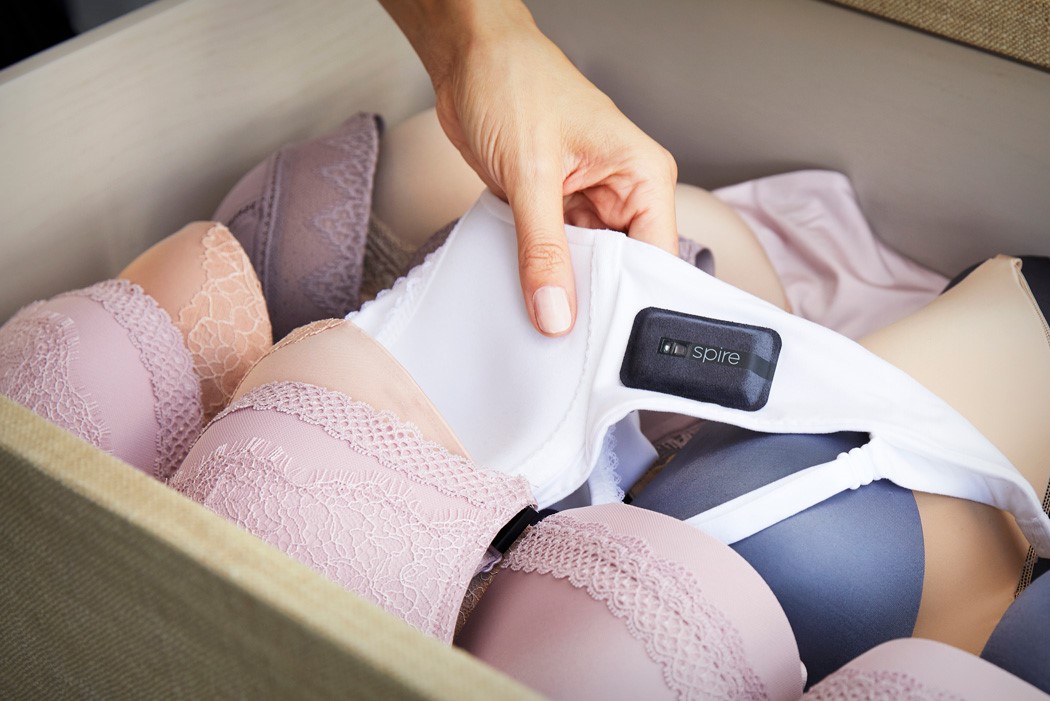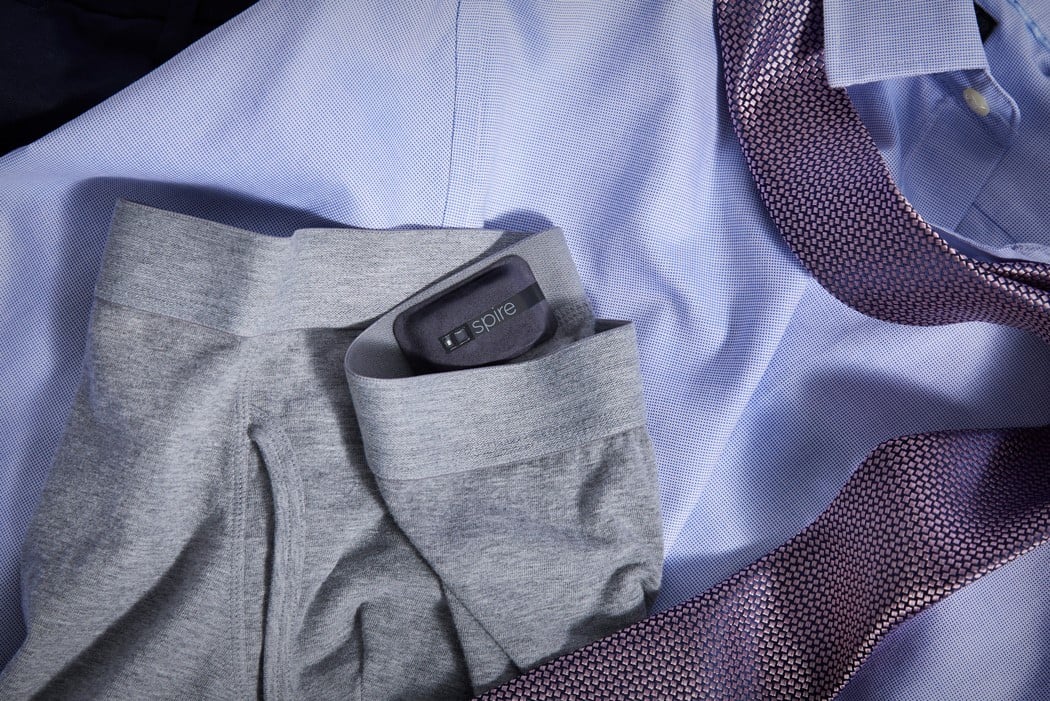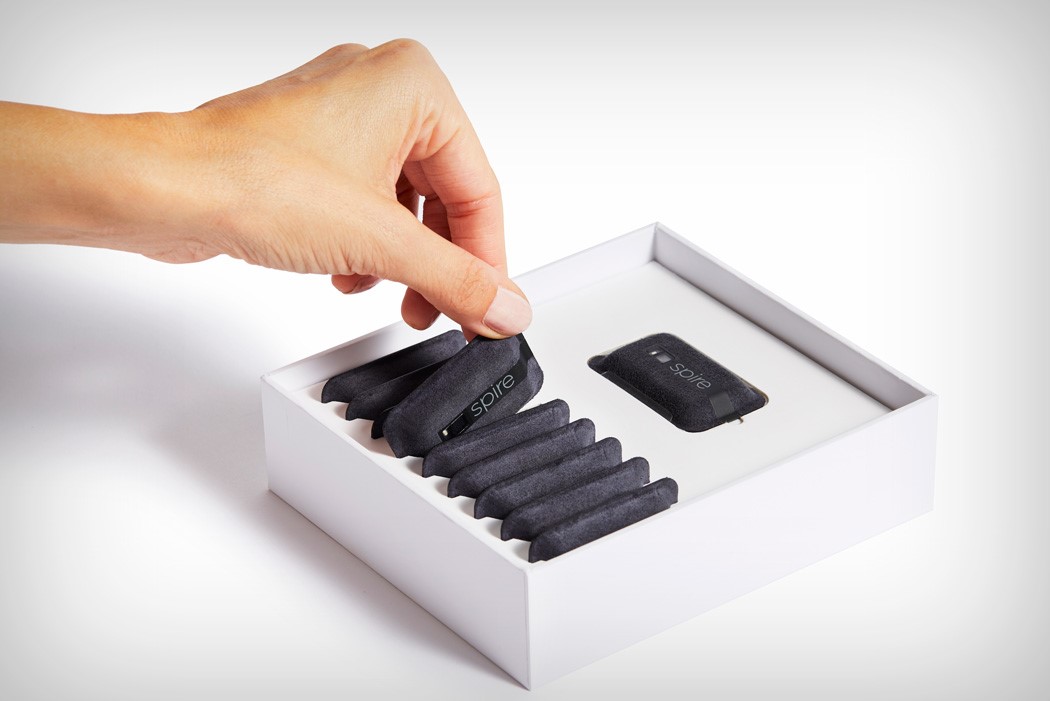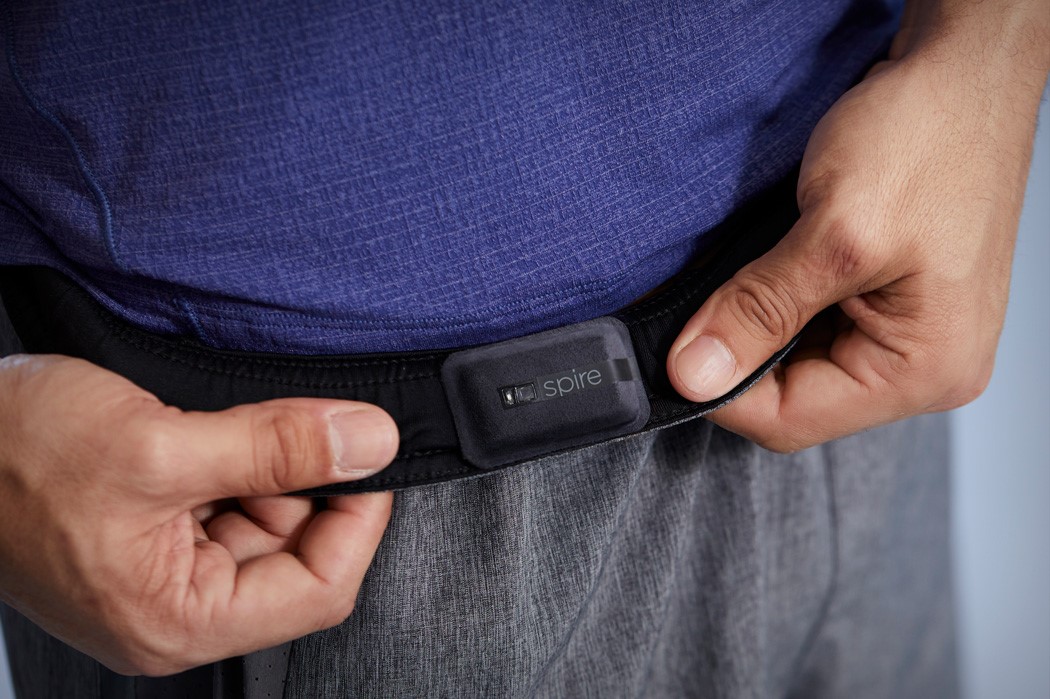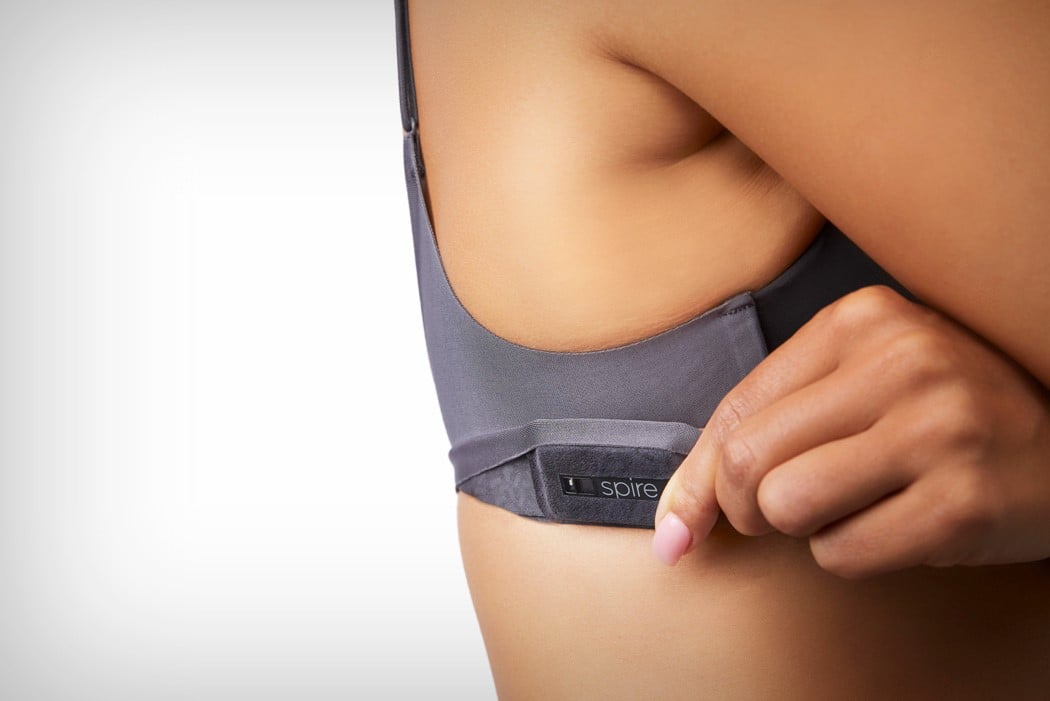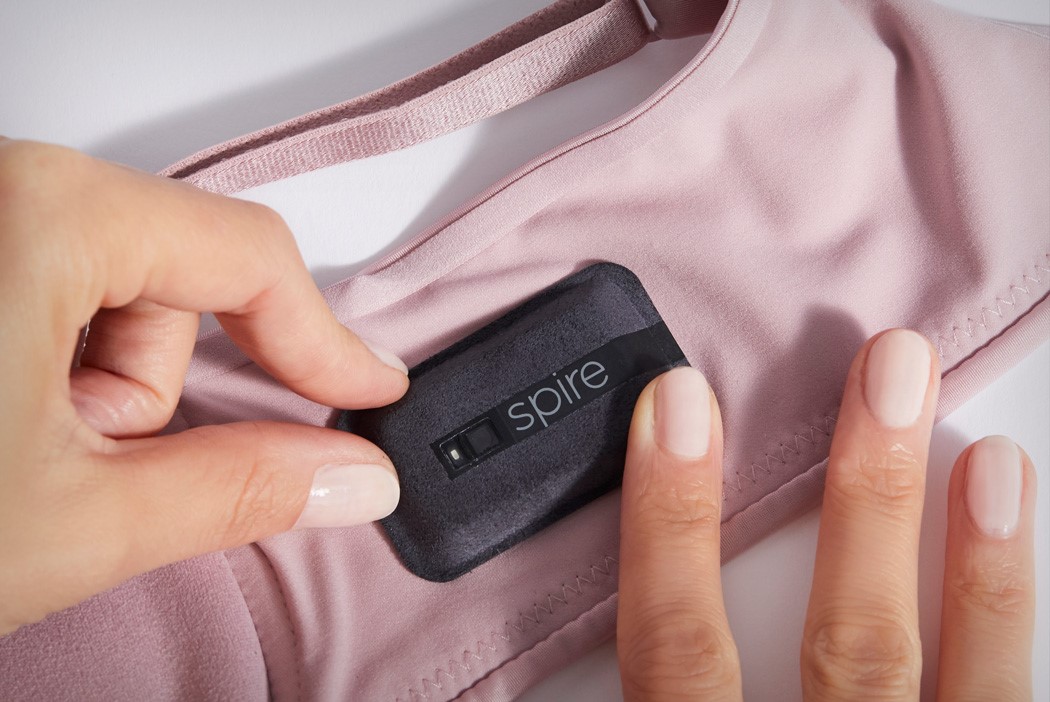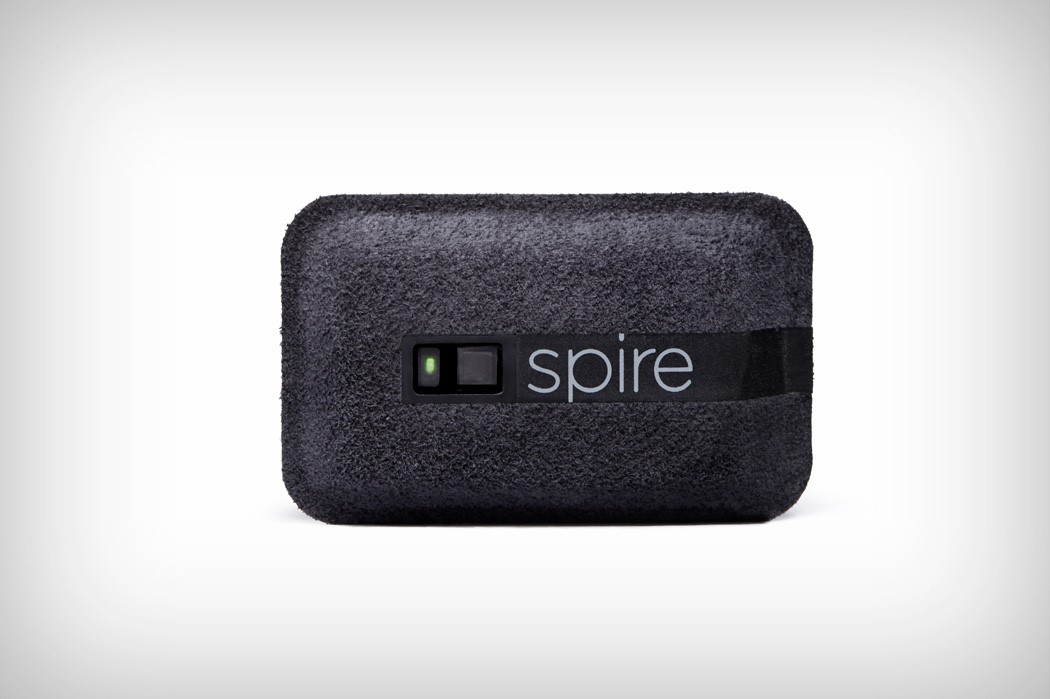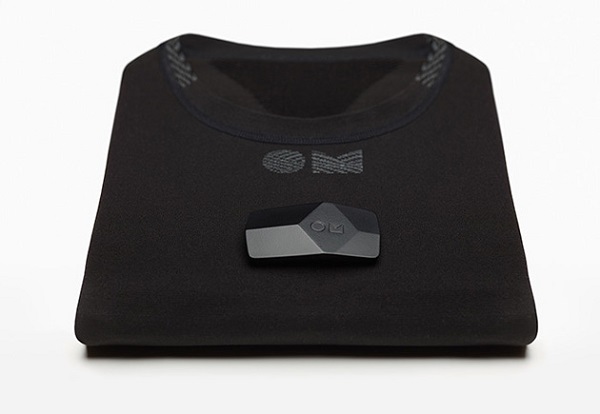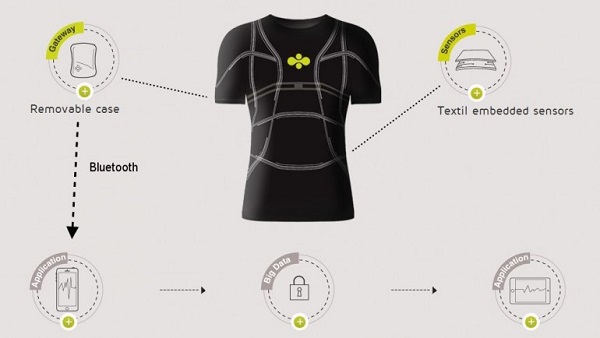
I am guilty of going to the doctor for the smallest concern because there is no way for me to analyze what requires immediate attention. I am sure that I am not the only one who Googles symptoms and then descends into panic. It would be so much easier if there was a device like Kala, conceptual health monitoring smart kit that provides a complete non-invasive medical check-up.
A quick look at how much time, money and stress this could save us – 1/5th of doctor’s consultation time is spent on non-medical issues and there are more than 13.5 million GP appointments that do not require medical attention, most of these can be attributed to the human nature of worrying and because there is no other way of ruling out how we feel. Devices like Kala that use existing technology in innovative ways can pave the way to make monitoring devices digital, smaller, non-invasive and most importantly, accessible.
Over 60% of the world’s deaths are caused by heart disease, stroke, cancer, respiratory disease, and diabetes. The first step in diagnosing these ailments requires simple tools like a stethoscope, thermometer, blood pressure pump, and self-glucose monitor – Kala includes all of these and more. It tests lung functions, temperature, blood glucose, blood oxygen, stethoscope, electrocardiogram (ECG), blood pressure which can reduce panic doctor visits and save time on follow-ups too.
Kala uses artificial intelligence to read and translate data from the device into understandable diagnostics for the user. The smart device is trained to recognize normal and abnormal values – so it cannot diagnose diseases but it can warn you when something does not seem right about your vital statistics. It has been designed keeping in mind that apart from regular check-ups at home it also serves for emergency check-ups, hence the results are in a simple green or amber color for the user to quickly grasp what’s happening and take action if needed. It is crucial in eliminating anxiety while waiting on an appointment date and lets you monitor your health at home which can save many of us from the spiral of overthinking a small allergy or heartburn. It is also a great way to find out if it is a concerning situation and then taking the right call which can also end up saving time in many cases.
One of the coolest features is that it is independent of smartphones and the internet which is a major advantage thanks to the built-in AI but also has the sync-to-your-phone feature to look back at results. If you don’t have a smartphone that is fine too, it includes a built-in thermal printer so you don’t have to rely on any other external factors to do a well-rounded test and keep the results – this is especially helpful in lesser developed regions where users may not have smartphones to sync and track their health data. The parts are made from stainless steel which retains a clean and sterile surface. The rest of the box uses recycled plastic. One of these devices can help an entire community where medical facilities might be scarce, it makes good health accessible to everyone.
Kala is the future of having an efficient and accessible health management system for individuals, communities, and reduce the load on medical facilities.
Designer: Maximos Angelakis


















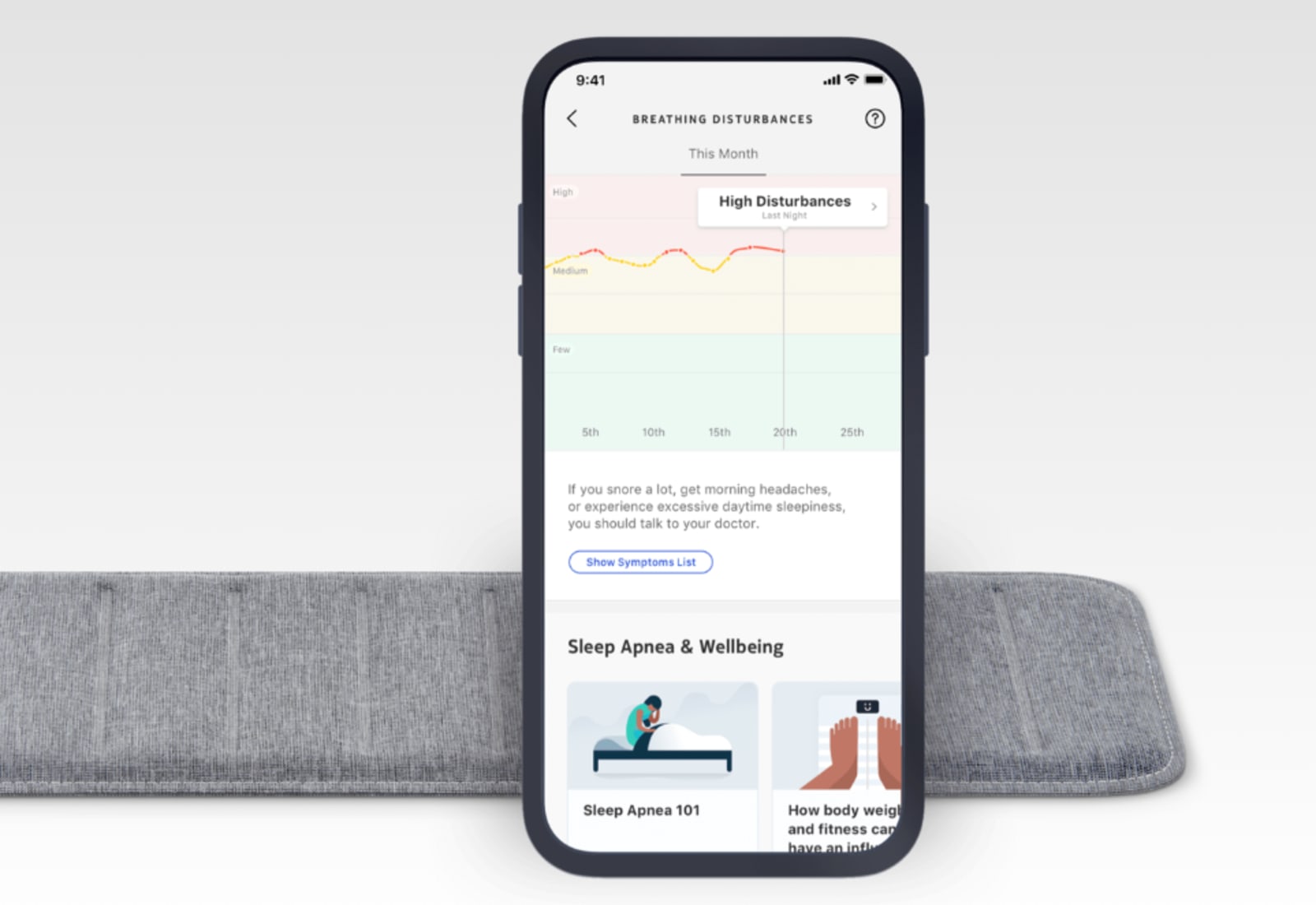 There are countless products available that help you track your sleep, giving you insights into your sleep patterns and quality. But there's been nothing to help snoozers identify sleep apnea, a potentially-serious condition that could traditionally...
There are countless products available that help you track your sleep, giving you insights into your sleep patterns and quality. But there's been nothing to help snoozers identify sleep apnea, a potentially-serious condition that could traditionally...
